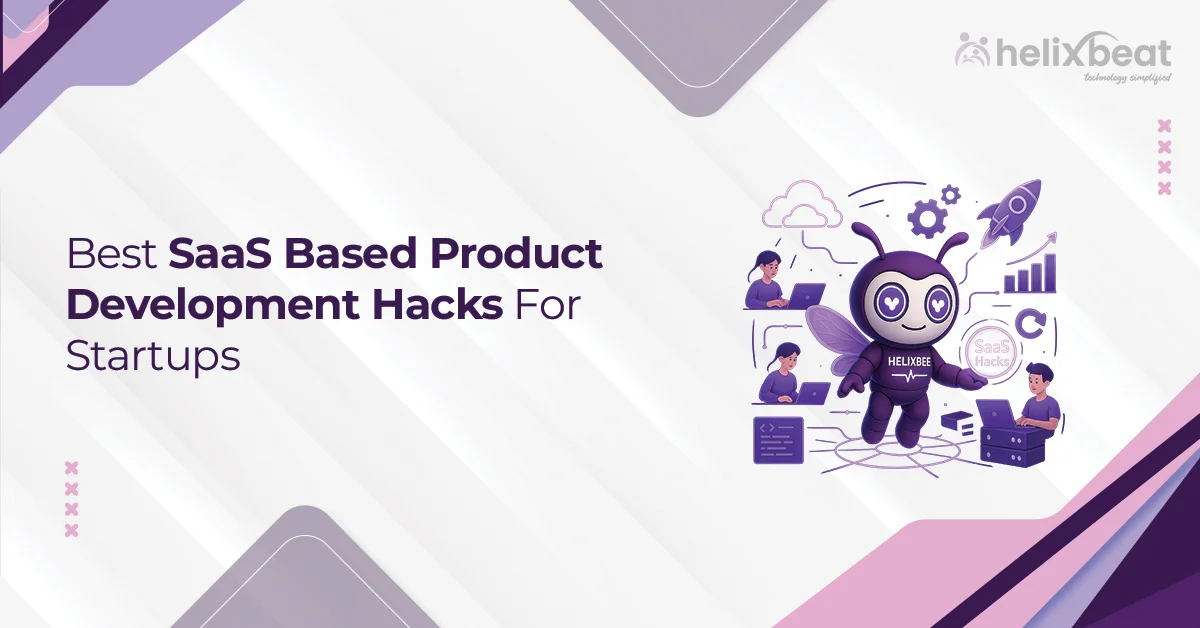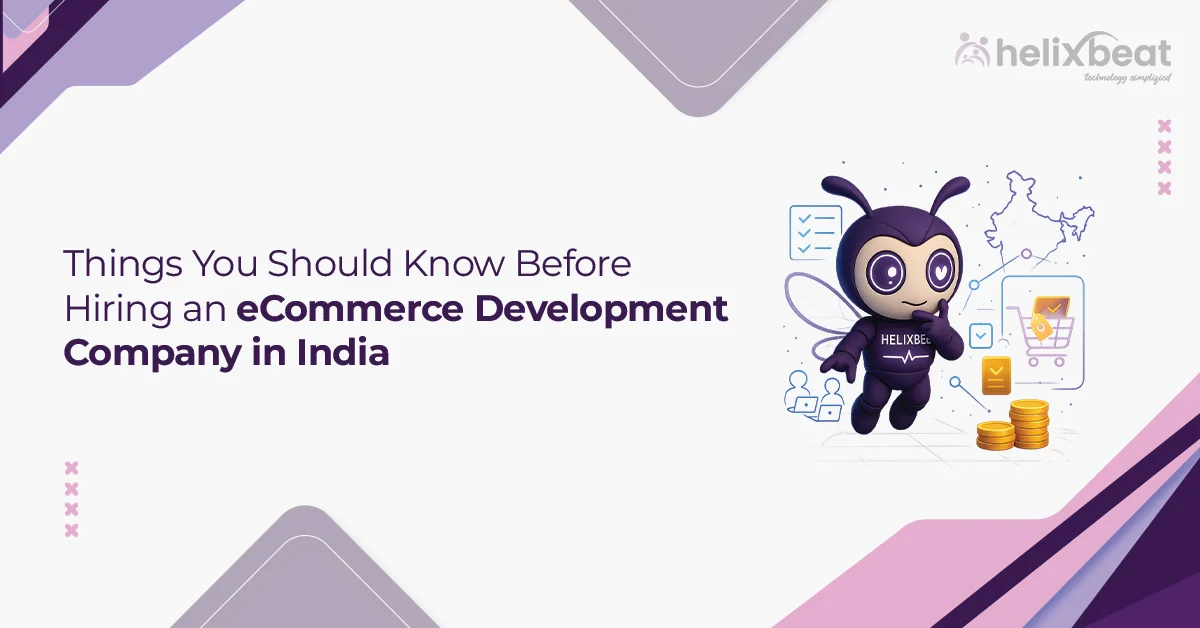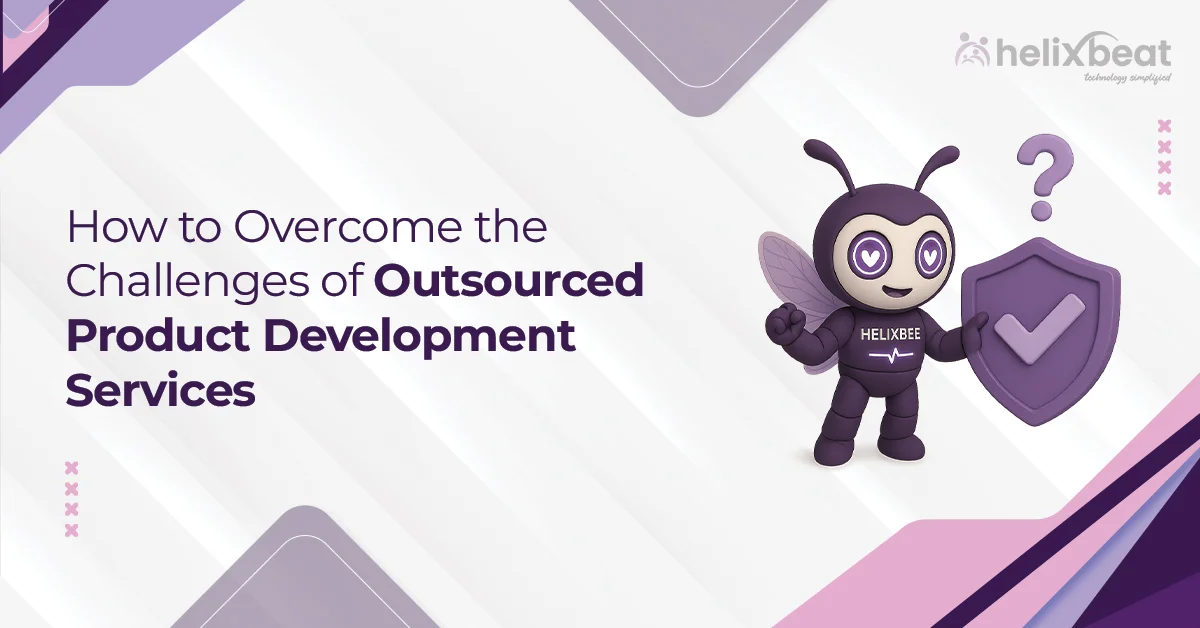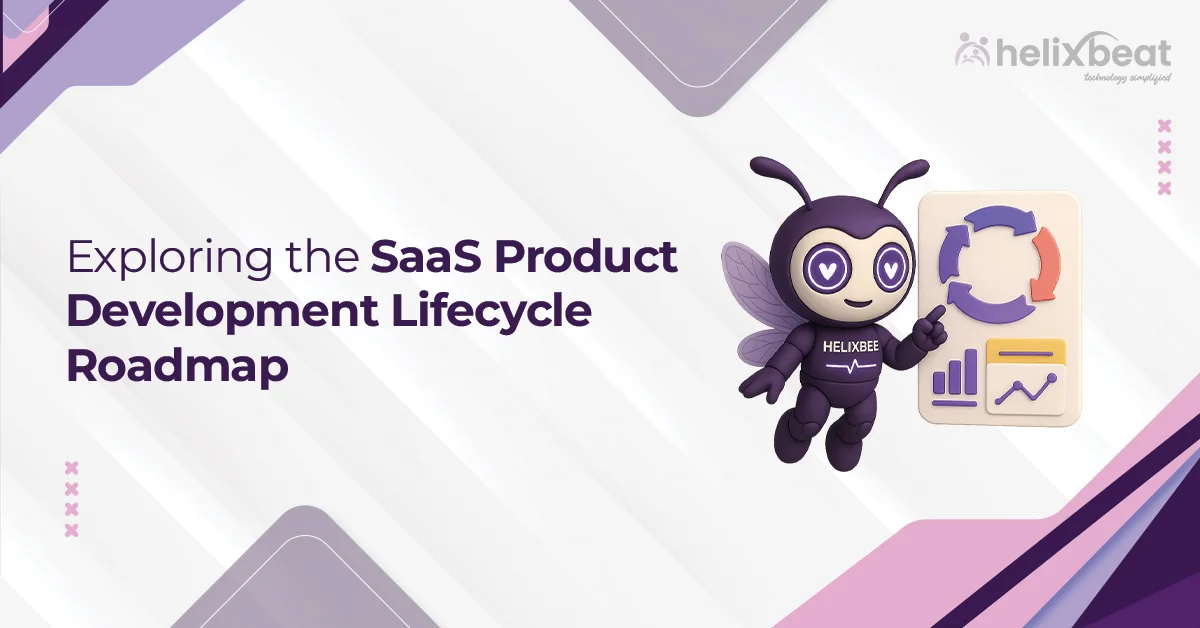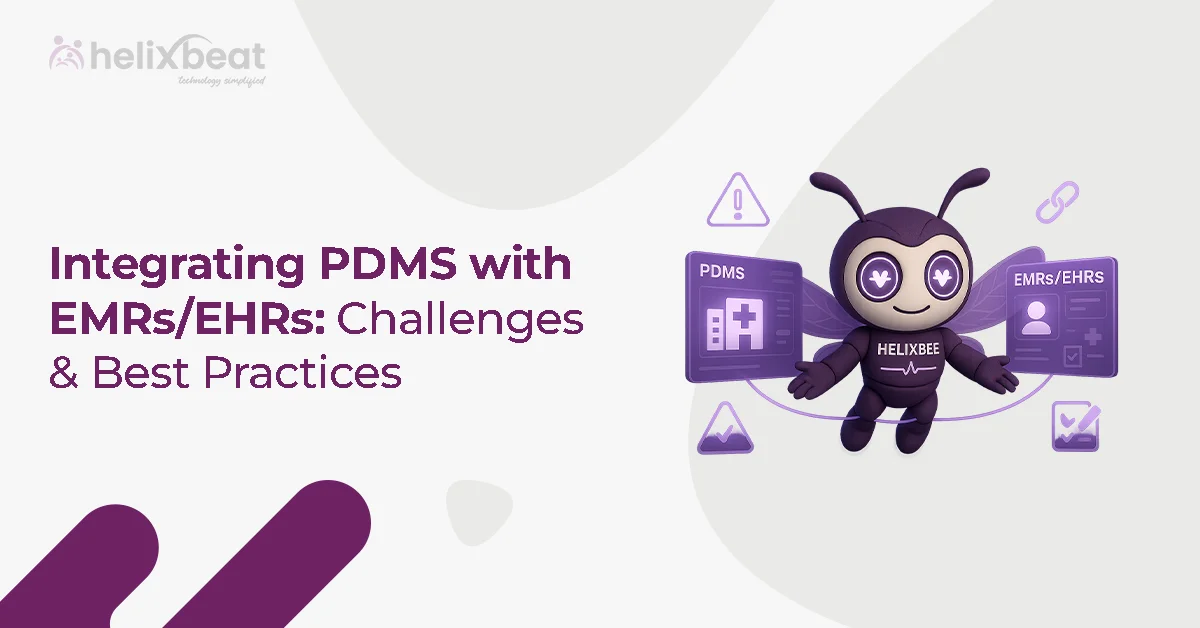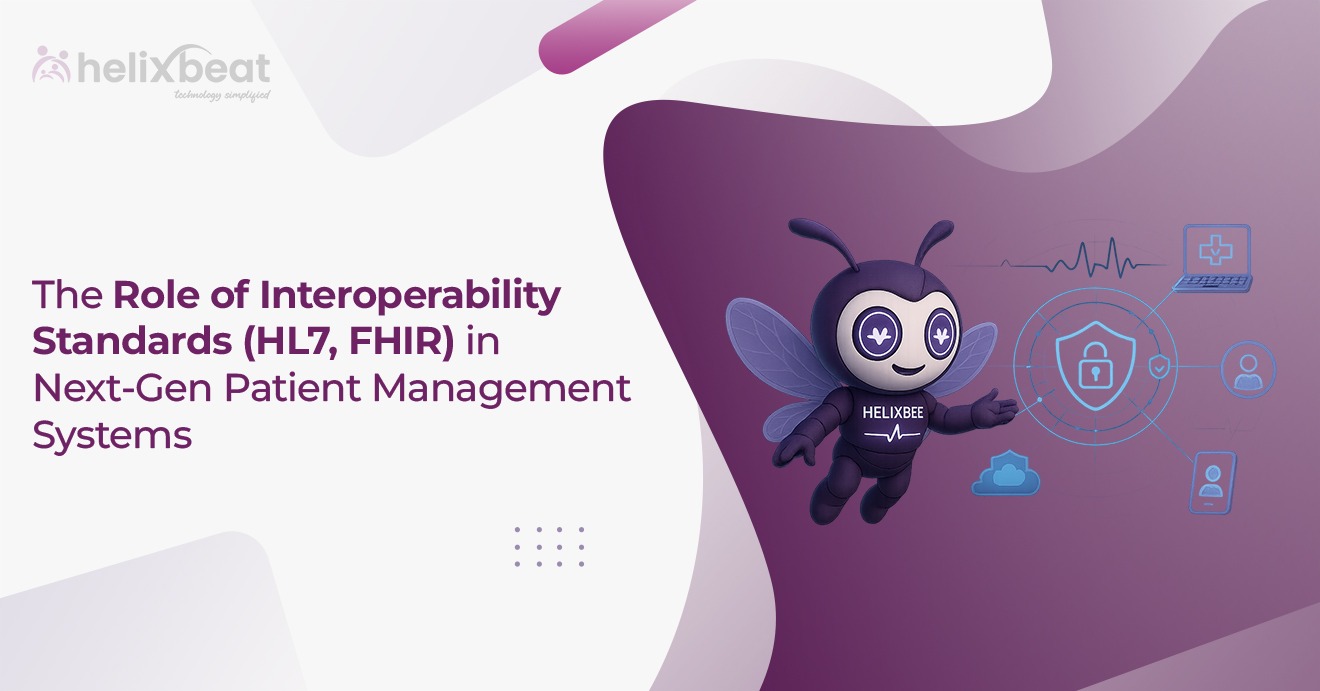You’re not moving fast—you’re just burning out your dev team in slow motion.
Table of Contents
The MVP Mirage in Healthtech
In the fast-moving world of healthcare technology, the term Minimum Viable Product (MVP) gets thrown around as gospel.
Everyone wants to “build lean.” Everyone wants to “move fast and test early.”
But here’s the problem: most healthtech MVPs are anything but lean.
They’re bloated with feature creep.
They drain internal dev capacity.
They take six months to see the light of day.
And by the time they’re live?
The market has moved on, and so has your motivation.
Let’s be blunt—your MVP isn’t lean. It’s limp.
The In-House Fallacy: Why “Build Everything” Fails You
It usually starts with the right intentions.
You’re a mid-sized hospital chain, a digital health startup, or a specialty care group with in-house dev capabilities. You want to build:
- A branded teleconsultation platform
- A patient engagement portal
- A digital intake and documentation system
You know your audience, your workflows, your regulations.
You think, “Why buy a generic SaaS product when we can build something custom?”
And on paper, that makes sense.
But here’s what happens in reality:
| Feature Built In-House | Avg. Time to Build |
| Teleconsultation + EHR Sync | 3–4 months |
| Appointment Scheduling | 1–2 months |
| HIPAA Compliance Integration | 1–2 months |
| QA & UAT Cycles | 1 month |
That’s 6–9 months of internal effort—before a single patient even uses it.
You’re “building lean” in theory, but in reality, you’ve launched nothing, validated nothing, and worn out your team.
The Real Cost of a Limp MVP
Let’s look at the numbers. If you’re running a 5–6 member tech team working full-time for 6 months:
- Engineering Costs: $10,000/month per dev × 6 devs × 6 months = $360,000
- Product & QA: ~$80,000
- Compliance, Infra & Tools: ~$25,000
- Opportunity Loss: Delayed go-lives, missed revenue, lower patient satisfaction
That’s $465,000+ sunk into an MVP that hasn’t proven itself yet.
And that’s before post-launch iterations, bug-fixing, compliance audits, and patient training.
Still think building everything internally is efficient?
So What’s the Smarter Alternative?
Modular development. With guardrails. For healthcare.
Enter: GENIUS by HelixBeat
A developer-first API library that lets your in-house team build fast, customize deeply, and still own the IP—without burning 9 months on boilerplate.
Think of GENIUS as your shortcut to shipping—without compromising control.
With GENIUS, you can:
- Add telehealth capabilities with 3 API calls
- Pull FHIR-ready medical records with a pre-tested backend
- Implement e-prescriptions, appointment slots, reminders, and payment workflows out of the box
- Stay HIPAA-compliant from Day 1
- Keep full control over your frontend, UX, and branding
No heavy SaaS subscription.
No rigid vendor integrations.
No lock-ins.
Case Study: From 7 Months to 3 Weeks
🩺 The Problem:
A 20-clinic multispecialty group in the Midwest wanted to launch virtual consults, digital prescriptions, and real-time appointment tracking.
What They Tried First:
They started building in-house. Their dev roadmap showed:
- 6 months of backend development
- 3 months of testing + integration
- $210,000 in projected burn
3 months in, they had only one module functional and compliance issues surfaced.
Then They Switched to GENIUS:
- Used GENIUS APIs for video consult, scheduling, and e-prescriptions
- Backend devs built workflows around them
- Went live in 3.5 weeks
- Served 1,400+ patients in the first month
- Scaled to 80+ providers with zero downtime
The result?
They built less. But delivered way more.
Why GENIUS Isn’t Just Another Integration Tool?
GENIUS is not a low-code platform.
It’s not a frontend builder.
It’s not a subscription bundle.
It’s a developer playground—purpose-built for healthtech.
You get pre-tested modules for every boring, repetitive, compliance-heavy component in your product. You save months of grunt work, so your team can focus on what’s actually unique.
In short:
GENIUS gives you speed, safety, and ownership.
The three things most MVPs miss.
Let’s Compare Your Options:
| Option | Time to Launch | Cost | Customization | Dev Load | Ownership |
| Buy Full SaaS | 2–3 weeks | $$$$ | Low | Low | None |
| Build In-House | 6–9 months | $$$$$ | High | High | Full |
| Use GENIUS | 2–4 weeks | $$ | High | Low | Full |
You don’t need to choose between control and speed.
You can have both—with GENIUS.
What Real “Lean” Looks Like
Most teams think lean means fewer features.
But real lean means:
✅ Focused MVPs
✅ Fast feedback cycles
✅ Reusable, secure modules
✅ Scalable backends
✅ Patient-safe, compliant defaults
✅ Happy dev teams
You validate your hypothesis faster.
You launch quicker.
You test what actually matters.
And you save your best people for the real problems—not building another calendar from scratch.
Final Word: Don’t Limp Toward Launch
If your MVP:
- Misses launch deadlines
- Exhausts internal teams
- Burns six figures
- Teaches you nothing new
…it’s not “lean.”
It’s not “viable.”
It’s just limp.
Want to Fix It?
Plug into GENIUS.
Ship faster. Build smarter. Stay in control.





